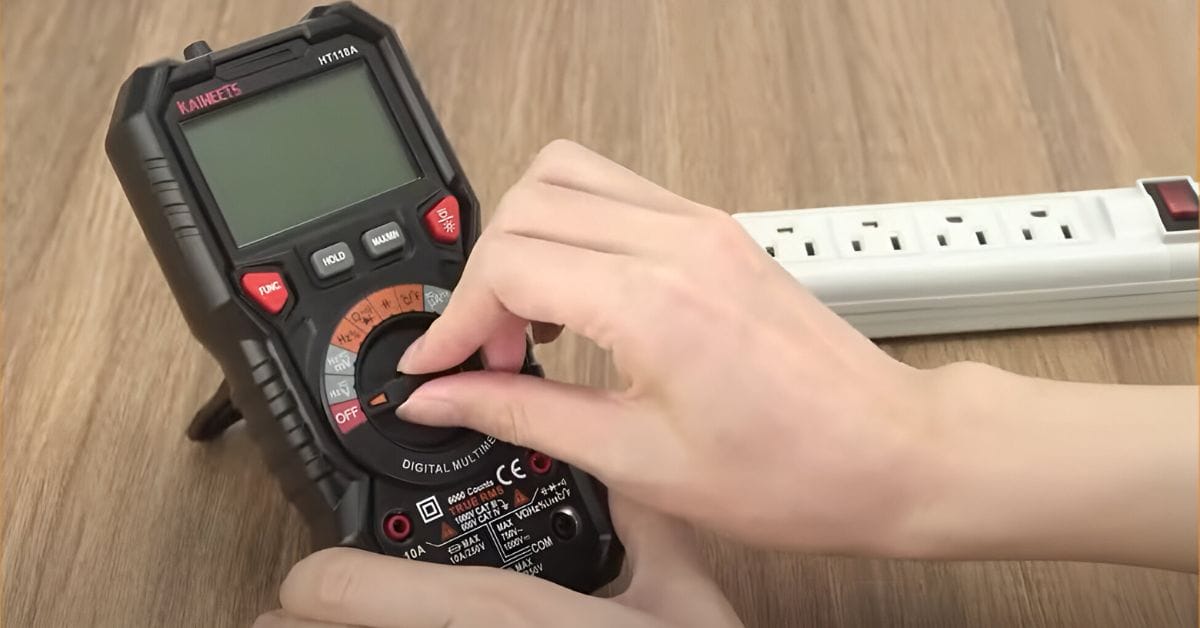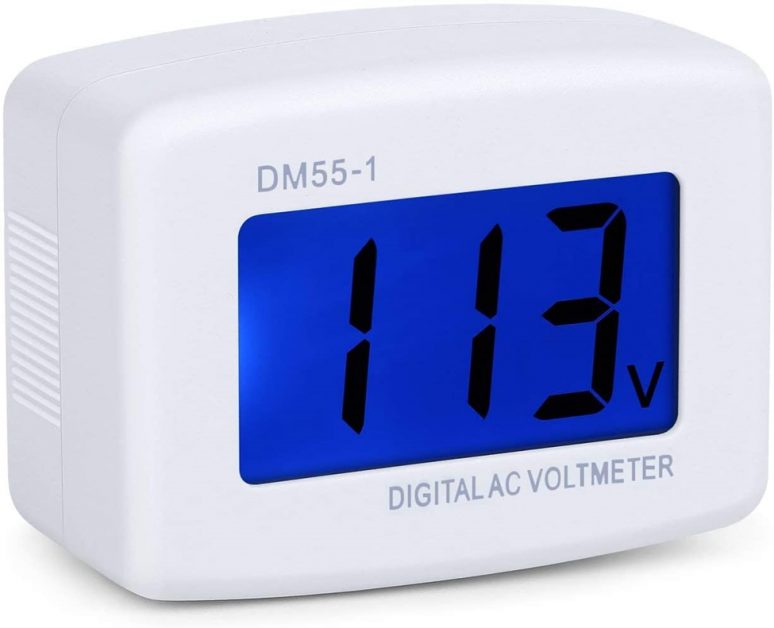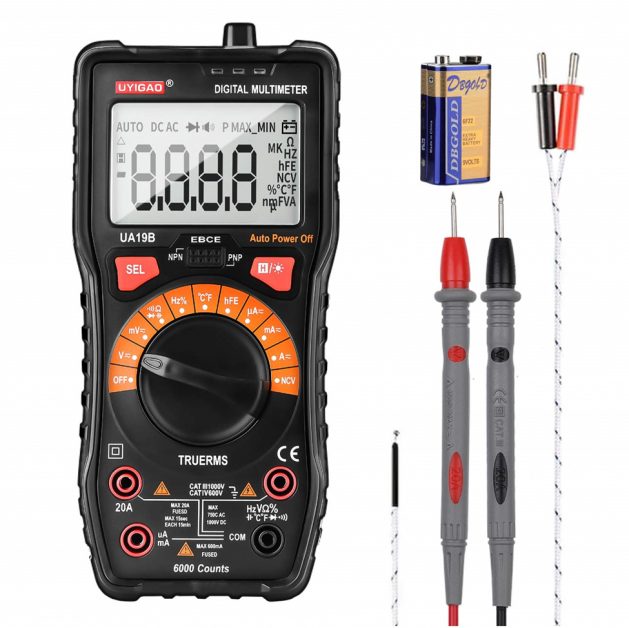Multimeter vs Voltmeter: What’s the Difference?

If you work with electronics, you would know that multimeters and voltmeters are extremely useful, if not essential, tools in many ways.
However, it can often confuse some people as to which would suit their needs better. While we are sure that you probably have some basic idea of what each of these tools is for, going into more detail can be helpful when working on a project.
A voltmeter is a single-purpose device that only measures voltage, whereas a multimeter offers more testing options and is more expensive. A multimeter can also measure current and resistance, and some models have additional functions that may include capacitance, temperature, frequency, inductance, acidity, and relative humidity.
To help you gain a good understanding of both these tools and the difference between them, we’ll go through this easy-to-understand guide. We will explore the functions of each device and learn how they differ from each other in terms of functionality.
A Multimeter or a Voltmeter: Which One Should You Get?
The decision to use a multimeter or a voltmeter should be made based entirely on how each device functions.
It depends on the type of measurement you want and how much money you can spend. By understanding your needs, you should be able to determine which of the two would serve you best.
Read through the following details of each device carefully to determine what each does and how it could affect your decision.
The Main Differences
You will see that both devices differ in terms of their functionality.
The voltmeter has a single function to check the voltage level. However, it is available in various shapes and sizes for convenient use. It is also a cheaper option due to its limited functionality.
Multimeters are more versatile tools that can serve you in various applications. You can test both voltage and current, resistance, and more. But you must shell out much more money if you want one.
Think about your needs to decide which one would suit you the best.
Understanding a Voltmeter’s Function
The primary function of a voltmeter is to measure the voltage (or potential difference) between two nodes.
Voltage
In technical terms, a volt is a unit of potential difference between two nodes, and this difference is measured in volts.
Voltage itself comes in two forms as we have two types of currents, i.e., direct current (DC) and alternating current (AC). Some voltmeters only measure DC, whereas others measure only AC. You can also use voltmeters that measure AC and DC voltage on the same device.
How a Voltmeter Works
A voltage tester’s internal construction is typically simple and only contains a fine wire coil that carries current suspended around an external magnetic field.
The device comes with two clamps. They carry the current through the live wire inside when connected to the two nodes, which results in the wire reacting to the magnetic field, and the coil it is on starts spinning. This moves the measurement needle on the display that gives the voltage value.
Digital voltmeters are usually more accurate than those with needles and are widely available these days.
An Example of a Voltmeter
An example of a voltmeter is the Eversame Flat US Plug AC 80-300V LCD Digital Voltmeter.
Voltage testers generally measure the voltage between two points, but you can also find pluggable devices like the Eversame Flat US Plug AC 80-300V LCD Digital Voltmeter. It shows the voltage flowing through a specific wall socket and is used for monitoring devices plugged into outlets. This feature can help prevent potential electrical damage if a power surge happens.

Understanding a Multimeter’s Function
What a Multimeter Measures
One thing a multimeter can do is function as a voltmeter to measure voltage.
So, if you buy an analog multimeter, you will automatically fulfill your need for a voltmeter. However, a multimeter can also measure electrical units like current and resistance. Advanced multimeters can make more measurements for capacitance, temperature, frequency, inductance, acidity, and relative humidity.
How a Multimeter Works
The internals of a multimeter are much more complex and come with other components like resistors, capacitors, temperature gauges, and more.
From a technical perspective, it is easy to see that a multimeter is a much more capable device than a simple voltmeter.
An Example of a Multimeter
An example of a highly capable voltmeter is the UYIGAO Digital Multimeter TRMS 6000, which offers multiple measurement options.
This device can measure several units: temperature, capacitance, AC/DC voltage, AC/DC current, frequency, and resistance.
The device also offers other special features like a buzzer sound, auto and manual ranging, NCV detection, and auto power off for battery preservation. It comes with a large 3-inch, easy-to-read backlit display. It is best suited for professional use and has a rugged body to avoid potential fall damage. You can also place it on a flat surface using the included kickstand.

References
Website Resources:
- magnetic field. https://www.britannica.com/science/magnetic-field
- battery preservation. https://www.apple.com/ph/batteries/maximizing-performance/
